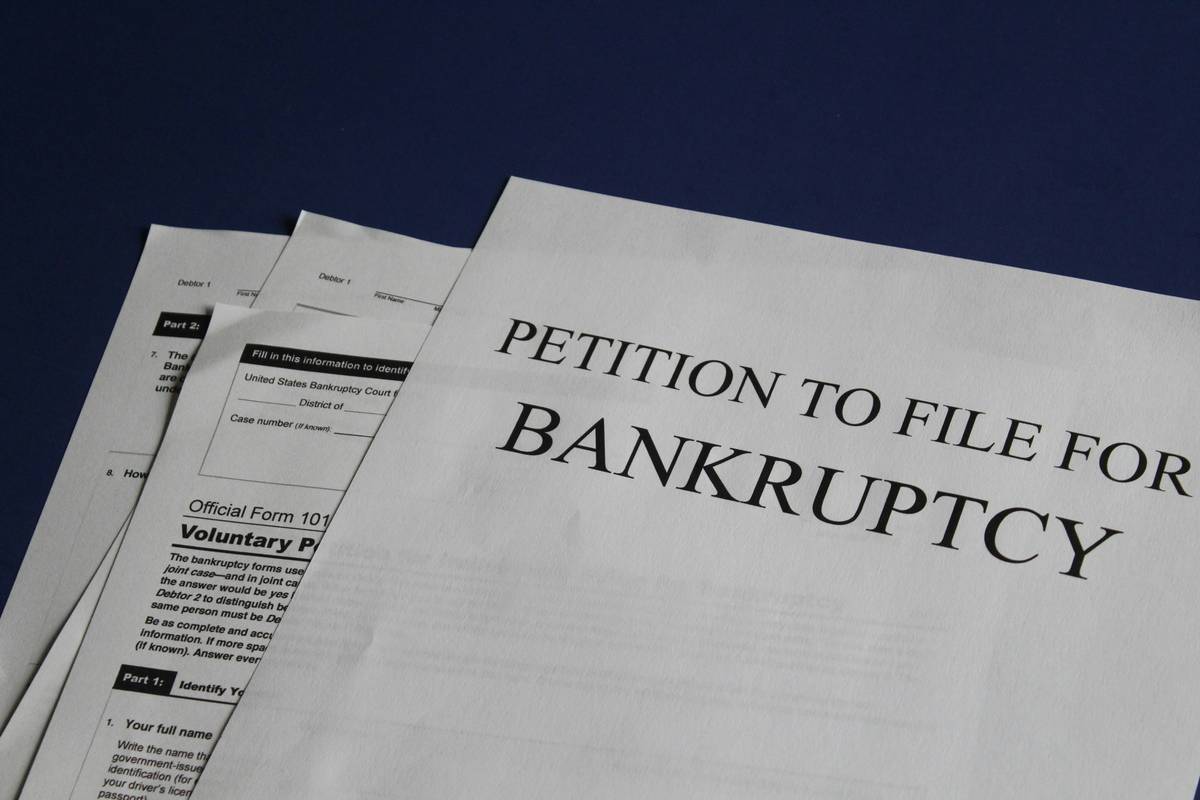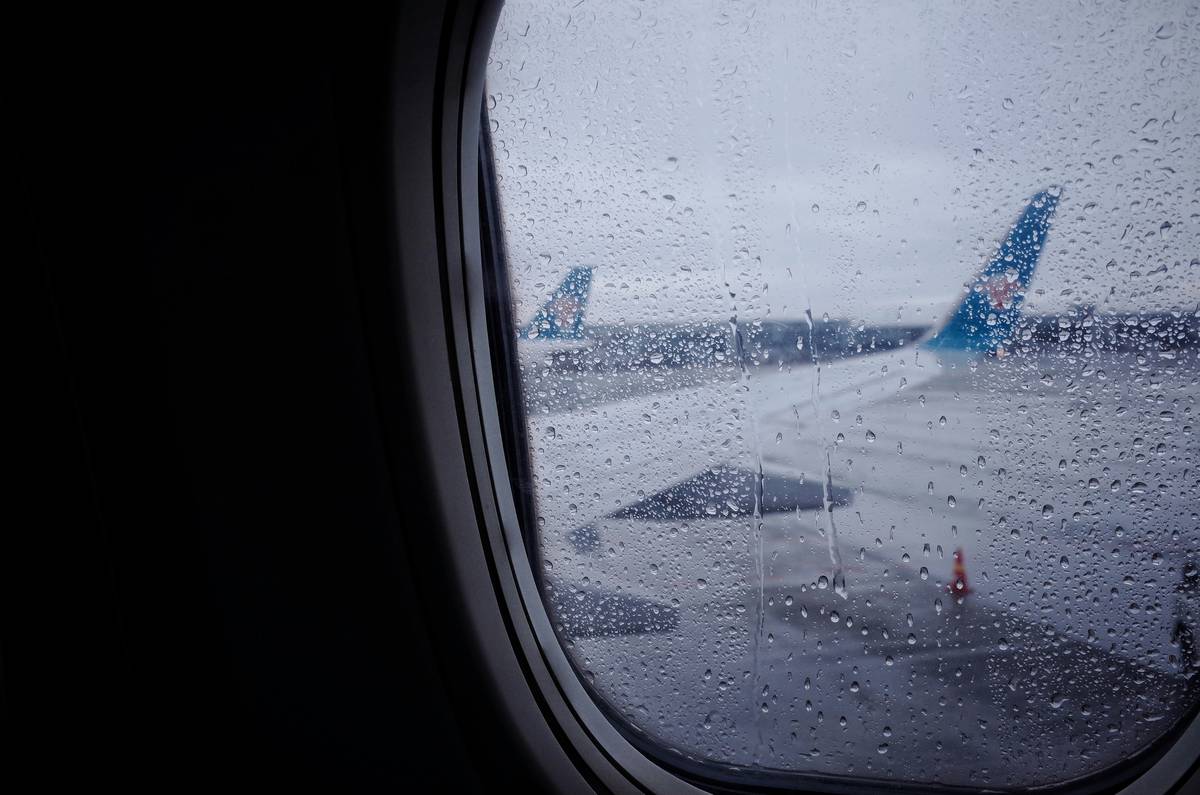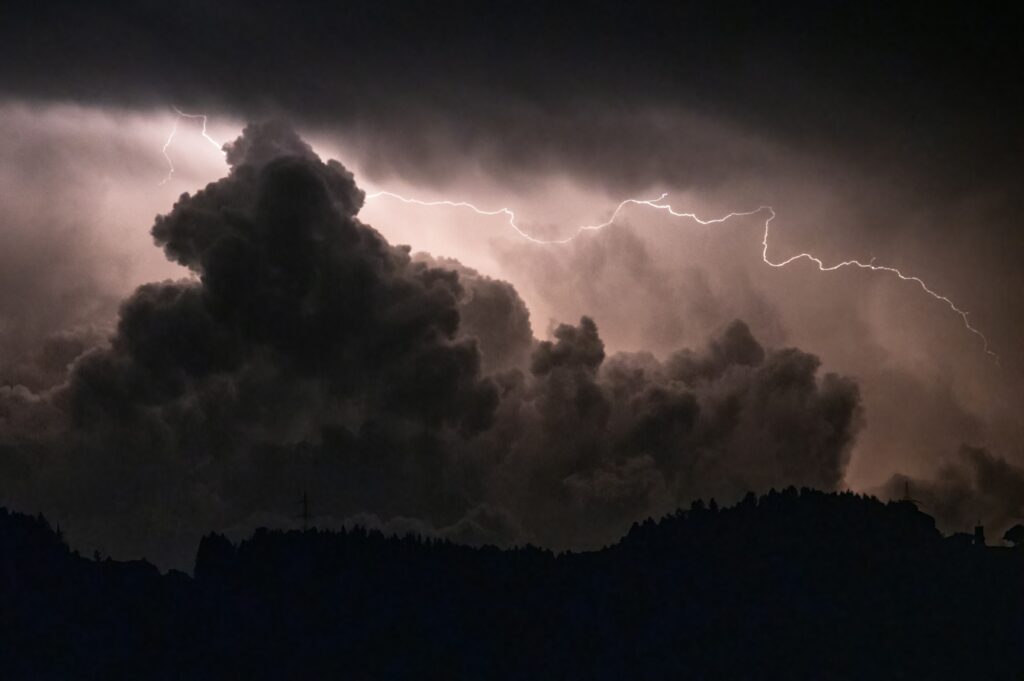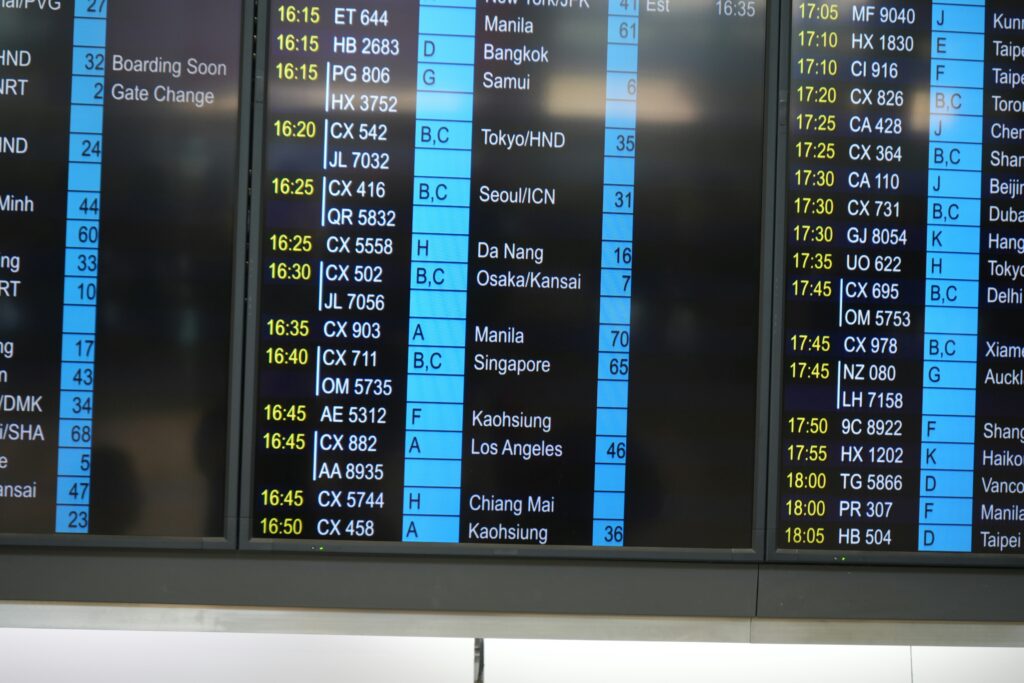Ever been stranded at an airport because of a storm, watching your dream vacation slip further away? You’re not alone. Weather-related disruptions are one of the leading causes of travel delays worldwide. Enter storm disruption coverage, the unsung hero of your travel insurance policy. In this article, we’ll unpack what storm disruption coverage is, why it matters, and how you can make sure you’re protected next time Mother Nature throws a tantrum. You’ll learn:
- The hidden costs of storm-related delays.
- How to choose the right policy with storm disruption coverage.
- Real-life stories where this coverage made all the difference.
Table of Contents
- Key Takeaways
- Why Storm Disruption Coverage Matters
- Step-by-Step Guide to Choosing a Policy
- 5 Tips for Maximizing Your Coverage
- Real-Life Examples That Prove Its Worth
- Frequently Asked Questions About Storm Disruption Coverage
Key Takeaways
- Storm disruption coverage reimburses expenses due to weather-related delays, like hotel stays and meals.
- Not all travel insurance policies include storm-specific clauses—read the fine print!
- This coverage doesn’t just protect against storms; it also helps if your destination becomes uninhabitable due to natural disasters.
Why Storm Disruption Coverage Matters
“Remember that trip I planned last year?” My friend groaned over coffee. “I was so excited about my island getaway… until Hurricane Helga decided otherwise.” She spent three days stuck in an airport lounge eating vending machine snacks while her hotel reservation went unused. Sound familiar? Bad weather happens, but the financial hit from unexpected cancellations or delays stings worse.

Dark clouds roll in as travelers wait anxiously for their delayed flights.
Without storm disruption coverage, you could lose hundreds—or even thousands—of dollars on non-refundable bookings and added expenses during prolonged delays. And let’s be honest, no one wants to drain their vacation fund on emergency hotel rooms and fast food dinners.
Step-by-Step Guide to Choosing a Policy
Optimist You: “There’s got to be a perfect plan out there!”
Grumpy You: “Yeah, good luck finding it without reading ALL THE FINE PRINT.” Here’s how to simplify things:
Step 1: Understand Your Needs
Do you travel frequently or only occasionally? Are you visiting hurricane-prone areas? Aligning your coverage with specific risks will save headaches later.
Step 2: Read the Fine Print
Some policies exclude certain types of storms (yes, really). Look for language specifying “storm disruption coverage” or similar terms. If unsure, call the insurer directly—they’re surprisingly helpful when grilled politely.
Step3: Compare Multiple Policies
Use comparison sites like Squaremouth or InsureMyTrip to evaluate options side by side. Pay attention to limits, deductibles, and exclusions.

Comparison charts help identify which policy offers the best value for storm disruption coverage.
Step 4: Check Reviews
Scour third-party review platforms like Trustpilot or Reddit threads discussing claims experiences. Warning sign: tons of complaints about denied claims.
Step 5: Purchase Early
Buy your policy ASAP after booking your trip. Many insurers won’t cover pre-existing conditions (like upcoming hurricanes) if purchased too late.
5 Tips for Maximizing Your Coverage
- Keep All Receipts: Document every expense incurred during delays—you’ll need proof when filing a claim.
- Know What’s Covered: Not all policies reimburse spa treatments (sadly).
- Buddy Up: Some companies offer family packages for cheaper rates.
- Avoid Skimping: The cheapest option often lacks crucial protections.
- Terrible Tip Alert: Don’t rely solely on credit card perks unless you’re 100% clear on what they cover. Most people assume their cards have better coverage than they actually do.
Real-Life Examples That Prove Its Worth
Here’s a quick story: Sarah booked a Caribbean cruise, blissfully ignoring the peak hurricane season warnings. When a tropical storm rerouted her ship mid-voyage, she thought her vacation was ruined. But thanks to her storm disruption coverage, she received compensation for missed excursions and extra lodging nights. Crisis averted.

A map pinpointing global regions prone to hurricanes and severe storms.
In another case, John had to evacuate his mountain cabin after an unexpected blizzard forced closures. His policy covered alternative accommodation costs and saved him from sleeping in his car. Moral of the story? Storm disruption coverage isn’t optional—it’s essential.
Frequently Asked Questions About Storm Disruption Coverage
What Does Storm Disruption Coverage Include?
It typically covers additional expenses due to delays caused by adverse weather, including accommodations, meals, and transportation changes.
Is It Worth Getting Extra Coverage for Winter Storms?
Absolutely! Snowstorms can wreak havoc on flights and roads alike. If traveling to snowy locales, prioritize comprehensive coverage.
Can I File a Claim If My Destination Is Uninhabitable?
Yes, many policies extend coverage to situations where your destination becomes unsafe or inaccessible due to extreme weather events.
Does Every Policy Cover Natural Disasters?
Nope. Always double-check the terms—it varies between providers.
Conclusion
Storm disruption coverage might sound like yet another line item on your travel checklist, but trust us, it’s worth every penny. From reimbursing costly delays to offering peace of mind, this type of travel delay insurance ensures that bad weather doesn’t derail your adventures entirely. Next time you pack your bags, remember: invest wisely in protection.
And hey, here’s a little throwback to wrap it up:
Raindrops keep falling, Flights delayed, wallets crying, Insurance saves day.


